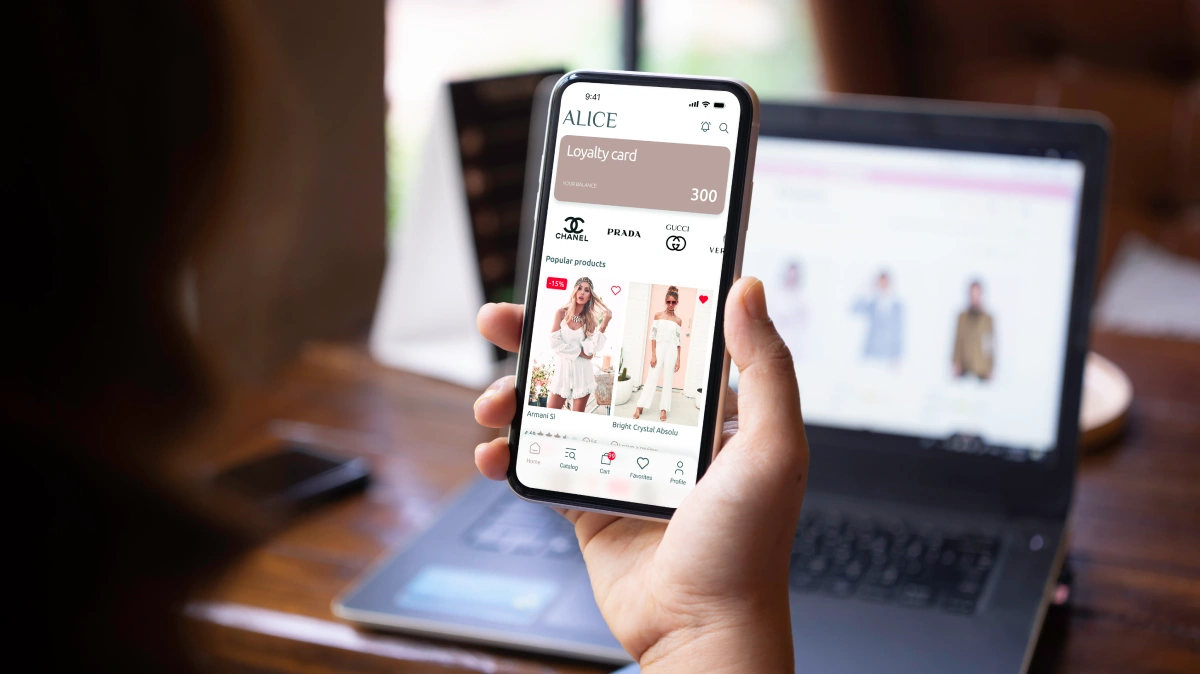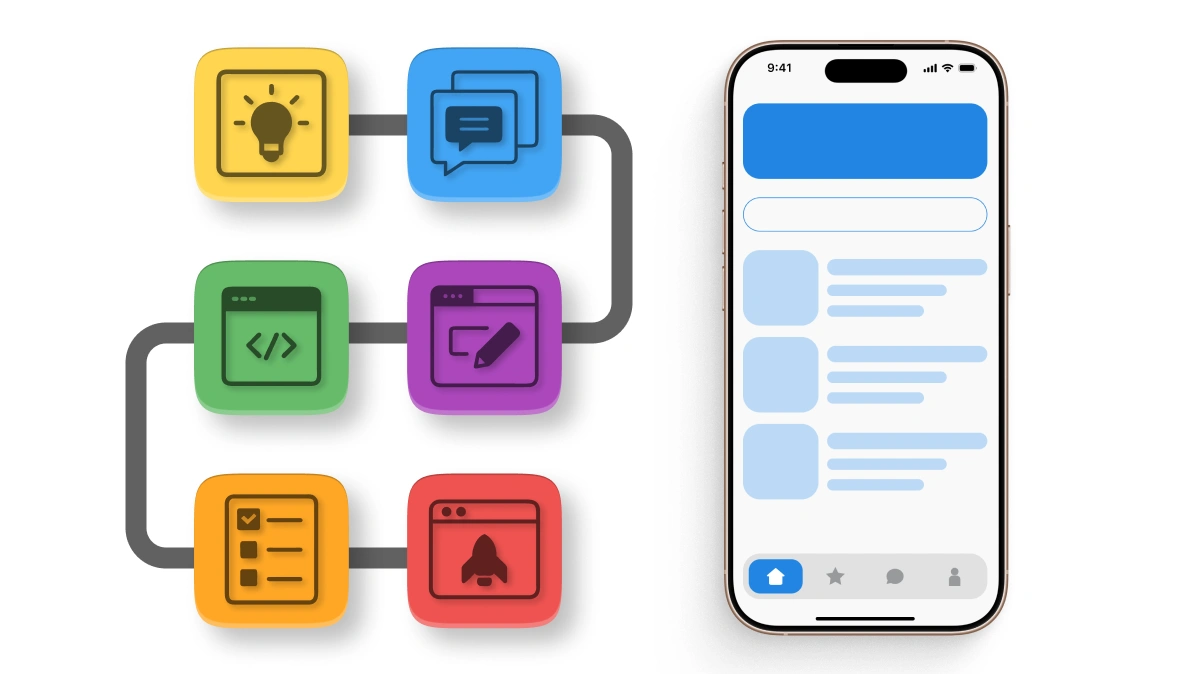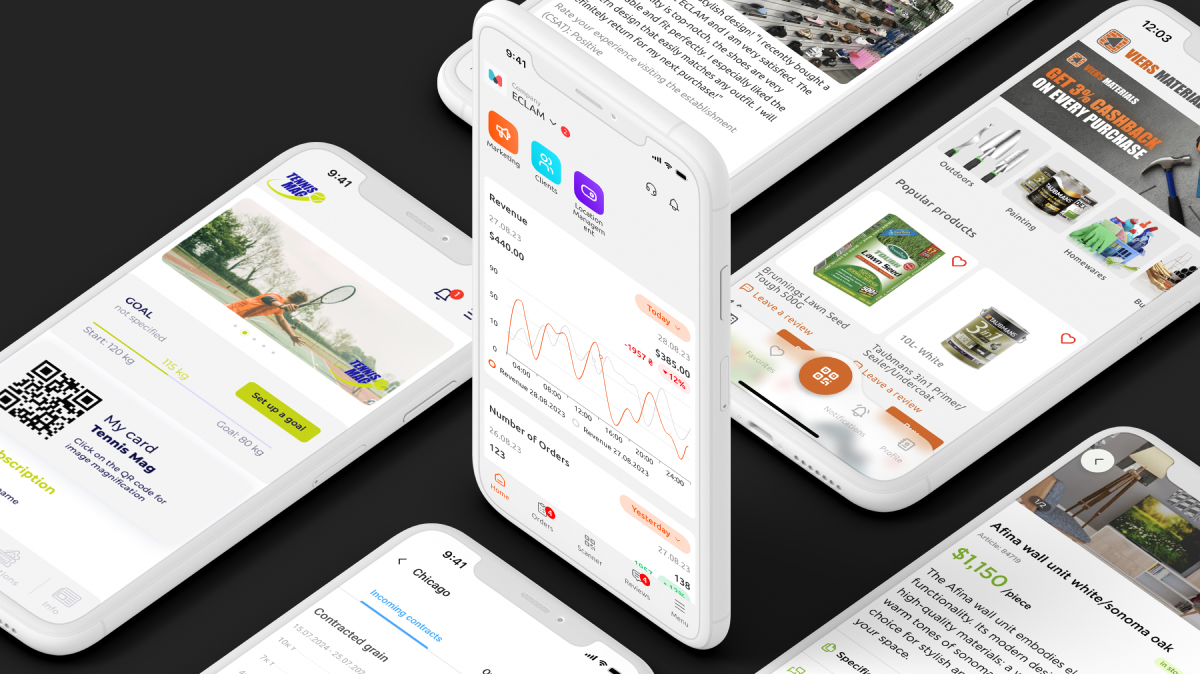
In the digital age, mobile apps have become an indispensable tool for companies seeking to increase customer retention. Mobile apps not only facilitate interaction with the brand, but also provide constant contact with users, promoting their loyalty and engagement. In this article, we'll look at how a mobile app can become an important tool for customer retention, as well as share successful cases and useful tips.
Why is a mobile app important for customer retention?
Mobile apps allow companies to create a continuous channel of communication with users, making interaction more personalized and convenient. Thanks to mobile apps, businesses are able to:
- Attract new customers through functionalities that simplify purchases and other interactions.
- Increase loyalty by providing special offers, personalized recommendations, and bonus programs.
- Improve customer service through interactive features such as chats, live support, and reviews.
A mobile app is an important element of a customer retention strategy because it allows businesses to conduct marketing campaigns and communication directly through a customer's smartphone, which is a significant advantage.
Key benefits of a mobile app for customer retention
1. Personalization of experience
Mobile apps allow businesses to collect data on user behavior, which allows them to personalize offers and content. For example, if a customer frequently buys a certain type of product, the app can offer discounts or recommendations based on their previous purchases. This increases the likelihood that the customer will return for a second purchase.
2. Instant notifications
Mobile applications allow you to send push notifications - instant messages that appear on the smartphone screen even when the application is not open. This is an effective way to inform users about new promotions, discounts, new features, or other important events. It is important that notifications are relevant and personalized so as not to bother the user and lead to opt-outs.
3. Loyalty programs
Mobile apps are often used to implement loyalty programs. For example, a program that awards bonuses for each purchase or for completing certain actions (e.g., filling out a profile) encourages users to return to the app and make more purchases. In addition, such programs can include loyalty levels that allow users to receive additional privileges and discounts depending on their activity.
4. Interactivity and convenience
Mobile applications provide convenient access to company functions without the need to open the website. Users can make purchases, check order status, or receive support directly through the app. Interactive features, such as chatbots or real-time support, create an effective environment for customer-brand interaction.
Case studies of successful use of mobile applications for customer retention
1. Rose Family: Mobile application for delivery and loyalty
The Rose Family mobile app was developed to improve customer access to delivery and loyalty services. It allows users to place online orders, interact with services, and track order history and bonus points. The intuitive interface and personalized recommendations help to increase customer engagement and loyalty.
2. RLS: Mobile application for a network of gas stations
An application was created for the RLS gas station chain that provides users with convenient access to the gas station schedule, allows them to order fuel and monitor promotions. This helps to increase customer retention through direct notification of discounts and promotions.
3. Abonement: An app for fitness clubs
Abonement is a mobile app for fitness clubs that allows customers to easily purchase memberships, sign up for workouts, track their progress, and communicate with trainers. The app encourages users to visit regularly, which has a positive impact on customer loyalty and retention.
Tips for creating an effective mobile app for customer retention
1. Consider the needs and habits of your audience
Before developing a mobile app, it's important to research your target audience. What problems do they face when interacting with your brand? What features can be useful for them? Conduct a survey or analyze user behavior to understand how the app can improve their experience.
2. Provide a user-friendly interface
A mobile app should be intuitive and easy to use. If the user finds it difficult to find the desired function, he or she may abandon the application. Simplified navigation, logical distribution of functions, and thoughtful design can significantly increase user engagement.
3. Integration with other communication channels
A mobile app should not be an isolated tool. It should be integrated with other channels, such as email marketing, social media, and a website. This will allow for omnichannel communication and increase the chances of customer retention.
4. Update your app regularly
To keep users interested in your mobile app, it's important to update it regularly with new features, improvements, and content. This will help retain customers and make the app more useful and relevant.
5. Analyze and optimize
It's equally important to collect data on app usage. How do users interact with the app? What features are the most popular? Using analytics, you can optimize your app by adding new features and fixing problems.
A mobile app can be a powerful tool for customer retention if it provides a convenient, personalized experience. Using modern technologies and taking into account the needs of users, you can build a loyal audience that will return to your brand again and again.



